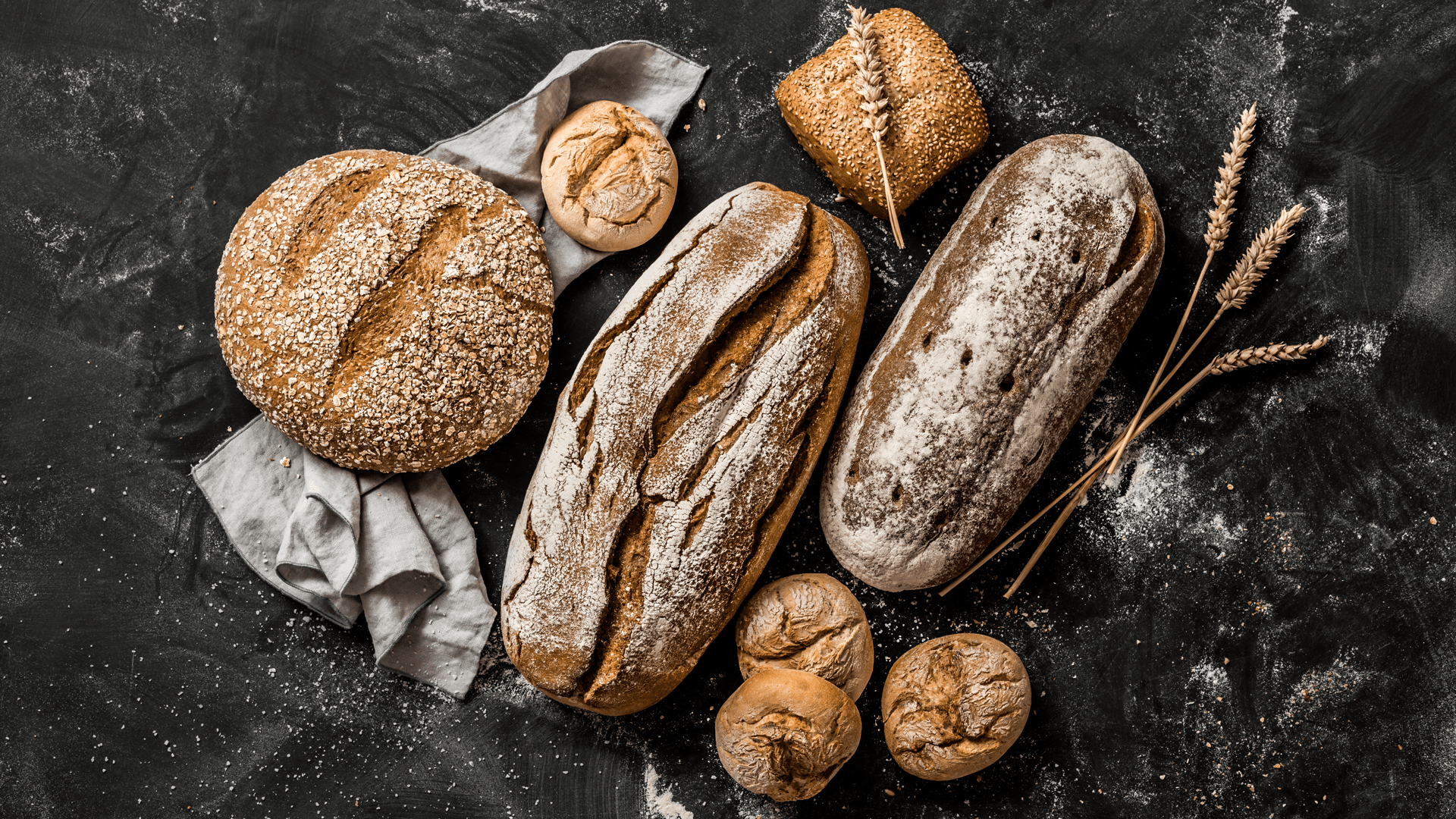
Baking products
Baking products are the ones that require the use of the oven and their primary ingredients are: flour, water, and sometimes yeast. They are identifiable in cookies, crackers, leavened, etc.
The single phases variate according to the desired final product ì, but they are common for a unique preparation of the dough and for an elevated cooking temperature.
In the case of bread, perhaps the baked product per excellence and certainly the most common, the production phases are subdividable in:
- Dough: when the basic ingredients are assembled, thus flour, water, yeast, and salt, and they are mixed together. Through the mechanic energy that is applied to this phase, the start to a chemical-physical process is done. Indeed, the proteins of the cereals form the gluten. It is in this way that the dough acquires elasticity. The softness derives from carbon dioxide bubbles that remain trapped during the leavening;
- Pointing: the dough is left to rest for a time that varies depending on the strength of the flour. The ideal temperature is between 22 degrees and 25 degrees;
- Break: the dough is sliced and a shape is given to it. The size and weight of the pieces of the dough vary: it is here that tastes and traditions come into play and you can get a little part of 20 gr or a loaf of 3-4 kilos.
- Leavening: yeast, through their enzymes and bacteria, transforms flour sugars into carbon dioxide and ethyl alcohol. This fermentation process generates a gas inside the dough that grows in volume. There are various types od yeast: you switch from that sourdough to that of beer, can be dry or in loaf, or chemical;
- Cooking: the dough is cooked at a temperature between 180 degrees to 200 degrees and the gluten net becomes more rigid. In this way, the bread’s volume blocks itself and gives the form to the dough. The yeasts die at 45-50 degrees, water and gas evaporate and the crumb remains soft. The sugars on the surfaces are caramelized and colour the crust.
Bread is undoubtedly the most popular product in Italy: according to the Italmopa, in fact, in 2019 358 mills were active on the national territory, which processed 11,240 million tonnes of wheat and produced 7,897 tonnes of flour.
According to a survey by the Piepoli Institute of 2021, it emerges that 80% of Italians consume daily fresh bread or bread in bulk, both bakery and supermarket. The percentage rises to 87% when the focus moves on the South of Italy. The same survey shows the growing importance for citizens-consumer, the fact that bread and substitutes are “organic”, 32% of respondents, and made with wholemeal flours (27%). . The “gluten-free” is of interest to 14% of the sample.
Process and Product Innovation
The shift to the Industry 4.0 is a moment of deep change and innovation capable to disrupt all the sectors.
The industry 4.0 is considered as a new Industrial Revolution that appears to be even more disruptive of the previous ones. It is seen as such because it is born from the convergence of the IT and OT technologies to create a digit...
Supply chains involved:
Plant-based Beverages Coffee Cereals Chocolate Canned Foods Beer Dairy Products Nuts Food Supplements and Nutraceuticals Milk Plant oils Fruit and Vegetables Pasta Meat Baking products Sweet products Rice Cold Cuts and Cured Meats Winery